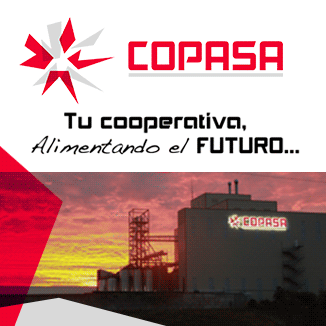[dropcap]E[/dropcap]l cuidado del medio ambiente no debe suponer una diferencia respecto a los competidores, pues existe mucha legislación internacional, nacional, regional, local y tratados firmados voluntariamente que se ha de cumplir. Si la organización se adhiere a uno de estos últimos, ya comienza a ser diferente. Un compromiso firme con el entorno ambiental y una comunicación fiable y veraz de tal compromiso es una de las vías de diferenciación de que dispone una empresa, asociación o institución.
Las etiquetas y declaraciones ambientales constituyen una de las herramientas de gestión ambiental que permiten informar a los clientes, consumidores y otros grupos de interés acerca del carácter ambiental de los productos o servicios. Su objetivo es alentar la demanda y el suministro de éstos que afectan menos al medio ambiente, y estimular así el potencial para la mejora ambiental continua impulsada por el mercado, por medio de la comunicación de información verificable, precisa y no engañosa de los productos y servicios. La utilidad y efectividad de las etiquetas y declaraciones ambientales dependen del grado en que ofrecen información confiable y significativa acerca de los aspectos ambientales de un producto o servicio.
Existen diversos tipos de etiquetas y declaraciones ambientales:
- Tipo I. Se rigen por la norma ISO 14024. Es voluntaria, adjudicada por organismo independiente de tercera parte, basadas en los impactos del ciclo de vida, obligación de cumplir la legislación ambiental. Es la preferida del medio ambiente.
- Tipo II. Conformes con la norma ISO 14021. Son autodeclaraciones medioambientales de primera parte, es decir, desarrolladas por productores, distribuidores o importadores. Es el etiquetado menos informativo y menos fiable.
- Tipo III. Regidas por la norma ISO 14025. Denominadas declaraciones ambientales de producto (DAP), basadas en datos ambientales cuantificables y el ciclo de vida, informan al consumidor de los efectos del producto o servicio sobre el medio ambiente.
El sólo hecho de elegir el tipo de etiqueta a utilizar ya supone una decisión significativa para la empresa en el grado de diferenciación.
“Cada uno hace sus elecciones y las asumen” (Ken Bugul)
Environmental differentiation
[dropcap]C[/dropcap]aring for the environment should not make a difference over competitors, as there is much national, regional, local legislation and international deals signed voluntarily that has to be met. If the organization adheres to one these, begins to be different. A strong commitment with the environment and a reliable and accurate communication of such undertaking is one of the differentiation pathways available to a company, association or institution.
Environmental labels and declarations are one of the environmental management tools that allow reporting customers, consumers and other stakeholders about the environmental status of the products or services. Its aim is to encourage demand and supply of these affecting less for the environment, and thus stimulate the potential for market-driven continuous environmental improvement, through verifiable, accurate and not misleading communication of products and services. The usefulness and effectiveness of environmental labels and declarations depend on the extent to which provide reliable and meaningful information about the environmental aspects of a product or service.
There are various types of environmental labels and declarations:
- Type I. They are governed by ISO 14024. Is voluntary, awarded by independent third party agency, based on life cycle impacts, obligation to comply with environmental legislation. It is the preferred for environment.
- Type II. Compliant with ISO 14021. Environmental self-declarations developed by producers, distributors or importers. It is the less informative and less reliable labeling.
- Type III. Governed by ISO 14025. Denominated environmental product declarations (EPD) based on quantifiable environmental data and lifecycle, inform to consumer about the product or service effects on the environment.
The mere fact of choosing the type of label to be used is a significant decision for the company in the differentiation extension.
«Everyone makes their choices and take them» (Ken Bugul)




















